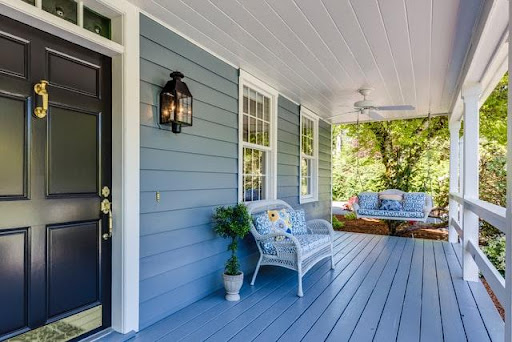F.A.Q.s (and Answers) about Horizontal Property Regimes
- Posted on February 27, 2020
- In Real Estate Nashville, Selling Real Estate, Tennessee Real Estate Law, Closing Process
HPRs refer to properties that have more than one owner dividing up the lot. An easy example is that of a condo building. Units are stacked on top of each other, each with a different owner.
This practice comes from a statute defined in 1963 in reference to stacked units within a building. However, the term has grown to include many more circumstances other than that.
A quick drive around Nashville will show you plenty of examples of HPRs. The most striking is what is locally referred to as the “tall and skinny” developments. These are single home lots where the original structure has been removed. Two houses are then placed on the lot. In order to work within the boundaries of the lot while also providing a full home, the new houses are typically less wide when compared to the original home. They are also built taller to pack in a similar amount of square footage.
Are you considering restructuring the use of a property to an HPR? The advice of a real estate attorney can greatly help. The process can be confusing, so we’ve compiled the answers to some frequently asked questions.How Are Property Lines Decided When Two Houses Are Sold on the Same Lot?
A single lot split into two properties can be confusing. This is why property lines are generally defined by a drawing attached to the master deed for the property. Beyond that, this document also defines various elements associated with the property.
- Private elements are often defined as the structures or units.
- Common elements include shared items like sidewalks.
- Limited common elements may include items like the yard which are subject to easements that benefit all unit owners.
These elements will vary depending on the type of property in question. Remember, there are various ways an HPR can manifest itself.
What Is the Process to Convert a Lot Consisting of a Single Home Lot Into an HPR?
Let’s focus on the practice of taking a single-home lot and turning it into a multi-home lot. The very first thing a developer should do is verify with the Metro Planning Commision that the property is zoned for the ability to build two homes.
If it is, the process can proceed by closing on the property and demolishing the existing home. A real estate attorney like Rochford Law & Real Estate Title should then be consulted to form the HPR. A drawing of the building plans including the footprints of the new structures will need to be produced and attached to the master deed.
Building permits should be procured once this process is complete.
What Unforeseen Challenges Do HPRs Frequently Encounter?
Logistical challenges such as utility placement are frequent issues with HPRs. The cramped nature of placing two homes in the space of one can sometimes lead to property line encroachments. And occasionally, the neighborhood itself will take issue with the addition of an HPR to their block.
Conflicts between residents on the same lot can become confusing. Is there a shared HOA fee? Who owns the dirt? Who pays the insurance? These questions necessitate the help of a knowledgeable real estate attorney.
Why Are HPRs so Popular in Nashville?
As we said earlier, it’s easily apparent how popular HPRs have become around the Nashville area. There are many reasons for this popularity. The most glaring is that Nashville has a lot going on for it. There are plenty of jobs. Each neighborhood offers its own entertainment options. People want to live near it all.
This growing popularity of Nashville has contributed to the tendency for the city to infill instead of experiencing suburban sprawl. And with a finite amount of city land, developers have chosen to get the most out of what currently exists. The best way to accomplish this objective is to put multiple homes on the large lots that previously held a singular home.
How Do HPRs Affect Neighboring Properties?
An HPR’s impact on neighboring properties is mostly a matter of opinion. And you’ll be able to find people on both sides of the question — some people love the new constructions and some think the tall structures look odd when positioned next to a ranch-style home from the 1960s.
The city, however, loves HPRs because they bring in substantial tax revenue. The fact is that we are continuing to see a tendency toward forming HPRs which is indicative of greater acceptance.
How Can Rochford Law Real Estate & Title Help an HPR?
This process can be tricky. Anybody looking to create an HPR would benefit greatly from the help of an experienced real estate attorney like John Rochford. Rochford Law Real Estate & Title regularly helps create HPRs for builders, developers, investors, and homeowners. It’s always a good idea to seek legal advice to better understand the various methods of property ownership in Tennessee.
Subscribe for Updates
Latest Posts
- Commercial Purchase and Sale Agreements – How a Real Estate Attorney Can Protect Your Transaction
- When Do You Need a Nashville Probate Lawyer? 8 Common Scenarios
- Commercial Leases – Important Considerations
- Intestate Deaths, Heirs and Real Estate – When is Probate Required?
- What is a Partition Lawsuit and Why are Partition Lawsuits Filed?







